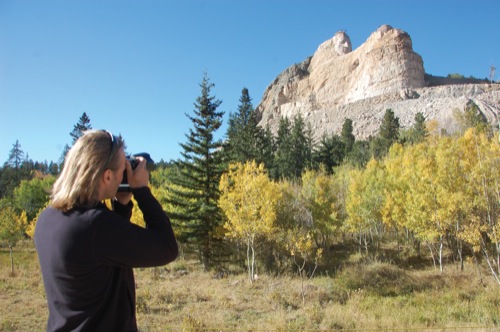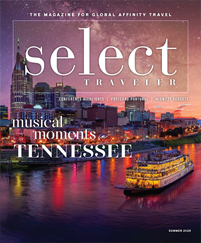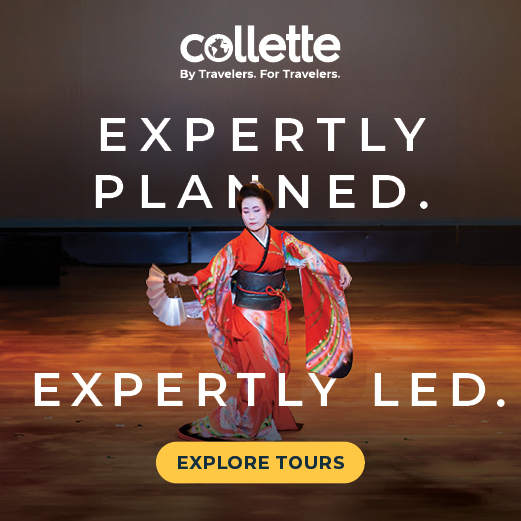
Courtesy Crazy Horse Memorial
It doesn’t matter what your final destination is — when you travel in South Dakota, you’re sure to find interesting places to stop along the way.
South Dakota is a state that revels in the road trip, perhaps the most beloved American travel tradition. People have been driving east and west across the state for decades, from the prairies to the Black Hills and back, and roadside attractions have sprung up to cater to that highway traffic.
Groups that make a road trip through South Dakota can enjoy the nostalgia and creativity that those unique attractions add to the travel experience. From the world’s largest rock carving to the world’s largest drugstore, those stops will give your travelers something to talk about long after your trip to South Dakota ends.
Crazy Horse Memorial
Since 1948, the Ziolkowski family has faithfully worked on the carving of the Crazy Horse Memorial in the Black Hills of western South Dakota. The sculpture is a work in progress and will take many more decades to complete. When it is finished, though, it will be the world’s largest mountain carving, dwarfing nearby Mount Rushmore.
The privately funded carving project is headed by Ruth Ziolkowski, who took the helm of the endeavor after the death of her husband Korczak. In addition to carving the mountain, Ziolkowski and her team have created a multifaceted attraction that educates visitors about the important history and culture of the Sioux and other Native American groups.
The site includes a Native American museum and a new exhibit area called the Mountain Museum.
“It tells the story from the very beginning, when Korczak walked up the mountain,” Ziolkowski said. “It tells the story of how the carving evolved from drilling with a wedge by hand through the advent of modern equipment. We do it with some photos and some old-time objects that we’ve saved over all these years.”
Groups that visit the memorial can interact with area Indian representatives in a number of ways. Native American artists sell traditional crafts at the museum, and there are traditional dance demonstrations every day around noon. Thursday evenings also feature lectures, storytelling presentations or concerts by area Native American performers.
Many groups also enjoy the evening laser light show, which features light projections on the mountain set to a musical score.
The memorial is also the site of numerous special events, including the Volksmarch that takes place the first weekend in June.
“Anyone who wants to can climb to the top of the mountain,” Ziolkowski said. “It’s a six-and-a-half-mile round trip with absolutely beautiful scenery. You can look Crazy Horse in the eye.”
Wall Drug
Wall
It was the dusty, dry desolation of the Badlands that led Ted and Dorothy Hustead to create one of the country’s most successful billboard campaigns for Wall Drug, a one-time pharmacy that is now an iconic South Dakota attraction.
In 1931, the Husteads purchased a drugstore in the small town of Wall, just outside of Badlands National Park, and posted roadside billboards advertising “Free Ice Water” to attract thirsty tourists coming out of the park. The stunt worked, making Wall Drug a popular stop for travelers.
Today, Wall Drug road signs are ubiquitous, with thousands of signs spread out over all 50 states and many foreign countries, and Wall Drug has become much more than a drugstore. The 76,000-square-foot complex now employs 225 people during peak season and welcomes up to 20,000 visitors daily.
Groups can dine in the 530-seat restaurant or browse the streetscape mall of shops on-site for artwork, clothes, boots, cowboy hats, souvenirs and other travelers’ favorites. There are also some unlikely spots, like a small Catholic chapel and a complete replica of the 1931 drugstore.
The complex has also amassed an impressive collection of Western art, appraised at more than $3 million.









